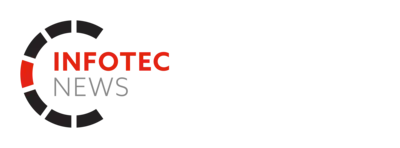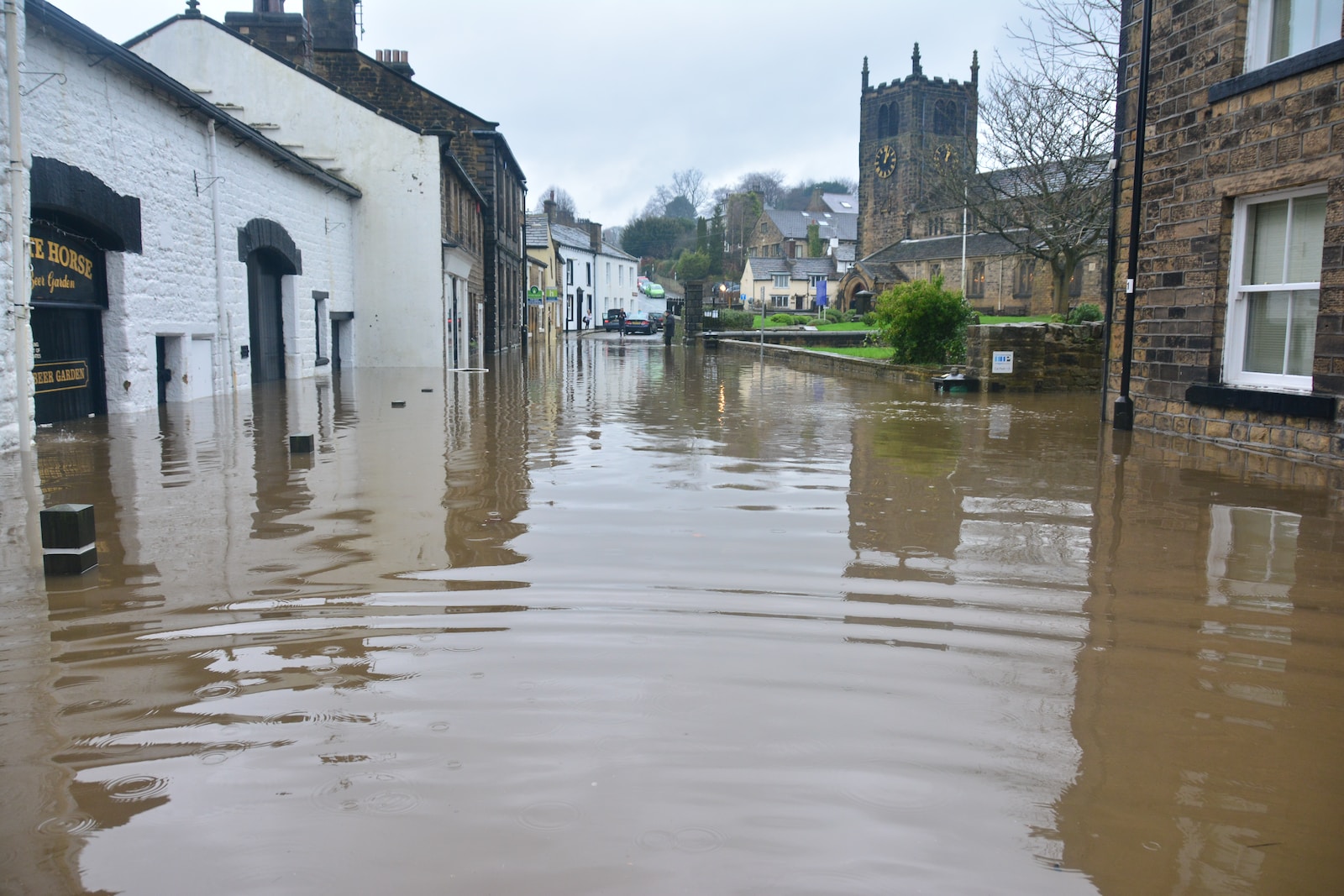Satellite tech to improve flood warnings
New system to monitor speed of river flows using video footage captured from orbit could be used as early warning system, says University of Glasgow team
In the past few days, Storm Henk has ravaged the UK, with more than 300 flood warnings in place in England alone. Trains have been severely disrupted and thousands of homes are without power. Part of the problem is that such extreme weather is hard to predict and prepare for. And climate change looks set to mean such extreme and unpredictable weather events become more common.
But now it looks as though better data and some clever tech can help.
At the moment, floods are predicted using stream gauges to measure ‘discharge’, or the volume of water flowing past a particular point in a given river per second. Such stream gauges are expensive to install and maintain, and can be difficult to place in remote areas. What’s more, they give only a measurement of that specific part of the river – not an overall picture.
Researchers from the School of Geographical & Earth Sciences at the University of Glasgow think we can do better, and last month shared their conclusions in an academic paper, ‘Satellite Video Remote Sensing for Estimation of River Discharge’, in the journal Geophysical Research Letters.
The idea is to gain a much broader visual overview of large areas of land using orbiting satellites equipped with video sensors. Such sensors are already good for monitoring geographical changes over time and providing real-time information on the spread of floods.
Until now, it has not been possible to use such footage to measure the flow of rivers and floods. But the Glasgow team’s paper demonstrates how video footage from a Chinese satellite was used to measure the discharge of a 12-mile section of the Darling River near Tilpa in New South Wales, Australia, when it flooded in February 2022.
The team developed techniques to accurately track and analyse the movement of visible surface features between separate frames of video footage. In doing so, they could estimate the speed of the flow of the water. Combining these calculations with detailed elevation maps of the flooded area meant they could then estimate flow discharge. These estimates turned out to be within 15% of real measurements taken by stream gauges on the river during the flood.
Such accurate analysis across such wide areas could obviously help to predict and mitigate the impact of flooding on communities around the world, replacing or enhancing the way rivers are currently monitored by land managers, local authorities and governments.
Christopher Masafu, PhD student in the University of Glasgow’s School of Geographical & Earth Sciences and the paper’s corresponding author, says: ‘Close to 30% of the world’s population is exposed to flood risk and threats to the availability of fresh water. Despite that, many rivers don’t have stream gauges or other measurements in place, which limits how much we can learn about their flows and any potential risks they may pose to local populations during heavy rains.
‘Satellites can be deployed anywhere around the world relatively cheaply and easily compared to the cost and effort of physically gauging all of those unmonitored rivers. However, their potential to measure river flows hasn’t been fully shown until this research, which is a really exciting breakthrough.’
Professor Richard Williams, a co-author of the paper and Masafu’s PhD supervisor, adds: ‘Satellites give us the ability to monitor rivers in real time from a high vantage point, and being able to watch them swell and flood during heavy rains can be very helpful in emergencies.
‘What this technology allows us to do is mine that real-time video monitoring for even more useful information. That could help provide improved forecasts and warnings to help with on-the-ground planning during challenging situations.’
Dr Martin Hurst, the paper’s third co-author and co-supervisor of Masafu’s PhD, says: ‘There are limitations to the work we’ve demonstrated so far – the main one is that the measurement technique can only be used on footage captured during periods without cloud cover.
‘However, it’s a big step towards making satellite footage a valuable tool for measuring the discharge of rivers around the world in addition to traditional stream gauges. We’re looking forward to developing the technique further in future research.’
In related news:
Tackling CO2, water pollution and threats to biodiversity – from space

















Leave a Reply